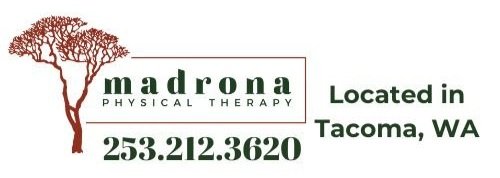Returning to Exercise After Pregnancy
Written by Bernadine Hoang, PT, DPT
When Can I start Exercising Again?
There is a lot of uncertainty regarding when it is safe to start exercising after giving birth. I have worked with many postpartum clients who have started running or weightlifting way too soon while others have not exercised in so long due to fear of making anything worse. The truth is, there are a lot of variables that play into when you are truly “cleared” to get back to your old workout routine whether that may be running, HIIT workouts, weightlifting, CrossFit, etc.
Each woman has their own workout routine, levels of fitness prior to and during pregnancy, different birthing experiences, and medical comorbidities which can impact how soon they can return to being more active. In short, your six-week postpartum checkup is usually not enough to give the greenlight on getting back to your old workout routine. Your pelvic floor may need at least 12 weeks to completely heal.
Some things to consider prior to working out postpartum are if you are experiencing any of the following:
· Pelvic floor pain
· Low back/SI joint pain
· Hip pain
· Urinary incontinence
· Frequent strong urinary urges
· Fecal incontinence
· Pelvic floor heaviness
· Unusual pressure
· Difficulty or straining with emptying your bladder or bowels
· Have a pelvic organ prolapse
If you are having these symptoms, you might want to put a hold on working out and see a pelvic floor PT for further guidance. Having any of the above symptoms indicates that your body is not ready to handle the impact of higher intensity exercise – for now! While it is very tempting to “push through” your symptoms while working out your symptoms will very likely continue or even worsen, prolonging your need for pelvic floor care.
Even though it can be frustrating and even disheartening to find out it’s not time to get back to your old workout routine quite yet, there are definitely some things you can start working on in the meantime to prepare your body to handle the impact of exercising again without worsening your symptoms. A good place to start is trying very light, low intensity exercise that will not over-stress your pelvic floor such as swimming and walking.
While it is also important for women postpartum to work on their abdominal and pelvic floor muscles, I tend to steer away from encouraging women to work on these things on their own until they are thoroughly assessed as I am a stickler on good form and technique. Many times, I have worked with women after having a vaginal or Cesarean birth who had much difficulty with contracting and relaxing their pelvic floors, or they would think they are contracting their pelvic floor while they are actually bearing down instead (and vice versa) all of which can contribute to pelvic floor dysfunction, and no one wants that.
Your recovery will feel like a marathon where training may feel like forever or progress may feel slow, but with consistency and little steps your body will gradually get stronger and heal over time. If you are still unsure on where to start, please see our pelvic floor PTs who specialize in women’s health. At Madrona Physical Therapy, our pelvic floor PTs will provide a comprehensive pelvic floor and musculoskeletal assessment to provide an individualized plan and help get you back to where you want to be with your fitness and exercise routine.


